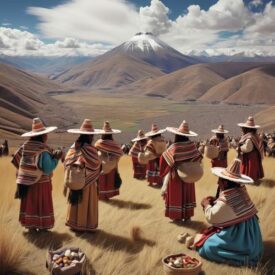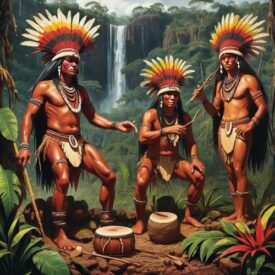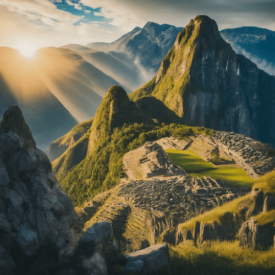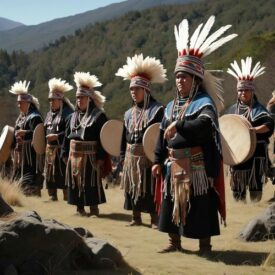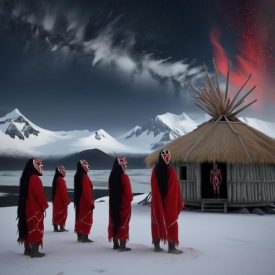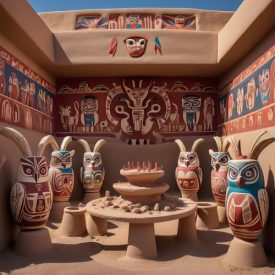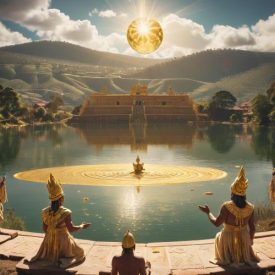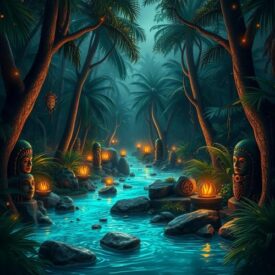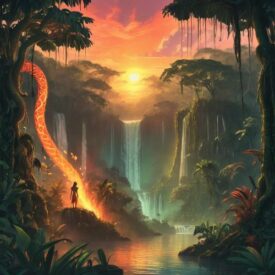South American Mythology
South American mythology is one of the richest and most diverse bodies of spiritual traditions in the world, shaped by landscapes that range from the towering Andes and the vast Amazon to the windswept plains of Patagonia and the islands of southern Chile. Each Indigenous culture developed myths that reflected its environment, values, and ways of life, yet together they reveal common themes of creation, balance, and deep respect for the natural world. Passed down through oral storytelling, ceremonial practices, and sacred art, these myths continue to be vital expressions of cultural identity and resilience across the continent.
The Inca civilization created one of the most influential mythological systems, with gods such as Inti the sun and Pachamama the earth embodying life, fertility, and cosmic balance. The Guaraní of Paraguay, Brazil, and Argentina tell of Ñamandú, the First Father, and the sacred origins of language and song, reflecting their spiritual connection to forests and rivers. Far to the north, the Muisca of Colombia preserved myths of Bochica and Bachué, linking their identity to sacred lakes and mountains and giving rise to the famous legend of El Dorado. In Peru, the Chavín developed one of the earliest Andean cosmologies, preserved in stone carvings of jaguar, serpent, and condor beings, while the Aymara of the highlands continue to honor Pachamama, Inti, and the sacred apus, or mountain spirits. These traditions reveal how South American mythology blends cosmic order with the land itself, binding community and environment.
Other traditions flourished in the coastal valleys and deserts of Peru, where the Moche expressed their beliefs through ceramics and murals depicting warrior gods, animal spirits, and rituals of sacrifice. In southern Chile and Argentina, the Mapuche emphasize harmony with ancestral spirits and natural forces, while on the island of Chiloé a fusion of Mapuche and colonial influences created maritime myths of ghostly ships and sea beings. The Fuegian peoples of Tierra del Fuego, including the Selk’nam, Yámana, and Kawésqar, developed myths that reflected survival in a harsh, windswept environment. The Selk’nam Hain ceremony, where men painted their bodies and embodied ancestral spirits, remains one of the most striking examples of ritual mythology from the region. Together, these traditions show how myth adapts to both land and sea, shaping identities from mountain ranges to remote islands.
The Amazon and Brazil contribute another layer of diversity to South American mythology, with stories of powerful forest spirits, river beings, and shape-shifting creatures that embody the mystery of the rainforest. Tales of the Curupira, a mischievous forest guardian with backward feet, or the pink river dolphin who transforms into a man at night, reflect both reverence for and fear of the natural world. These myths serve as moral lessons about respect for the environment and the dangers of exploitation. Today, mythology continues to inspire through ceremonies, storytelling, festivals, and art, while also capturing the imagination of global audiences. Exploring these traditions offers not only fascinating legends but also timeless wisdom about balance, resilience, and the sacred connections between people and the landscapes they inhabit.


